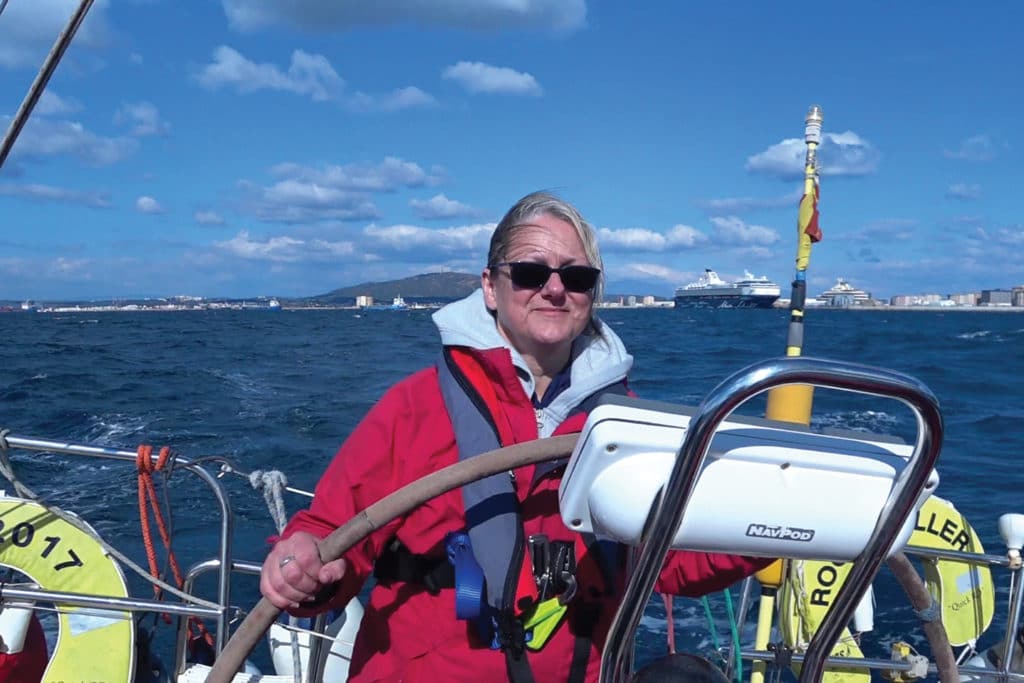
Armchair sailors around the globe are living vicariously these days as they watch sailing adventures unfold on YouTube. But while a handful of sailors and their channels have star power enough to earn a living, is posting videos a viable way for most of us to feed the cruising kitty? To find out, I reached out to eight video bloggers—or vloggers—and their answers were surprising. While a few report a steady, reliable income, several others were quite candid about how hard they had to work to capture what was supposed to be a laid-back lifestyle.
With 1.9 billion people tuning in to YouTube each month from 91 countries around the world, the platform reaches more viewers than any TV network. Individual channels receive a portion of their advertising revenue, so there is real potential for popular channels to earn a decent salary, but just as with music, movies or sports, the pros work seriously hard to make it look easy.
There are over 800 YouTube sailing channels now in existence, but only a handful actually draw enough attention to be called successful. Most of us are familiar with the Sailing La Vagabonde channel. With 1.5 million subscribers, it is easily the most popular sailing channel out there. Australians Riley Whitelum and Elayna Carausu have been uploading videos of their cruising adventures since November 2014, and have no doubt been an inspiration for many of the vloggers that I spoke with. While Sailing La Vagabonde’s success is difficult to match (Delos, the second-most-popular channel, has less than half the number of subscribers), there are plenty of cruisers out there dreaming about endless palm-tree-lined sandy beaches, rum punches and dreamy sunsets. Why not film what you’re doing and share your journey on YouTube? After all, how hard could it be?
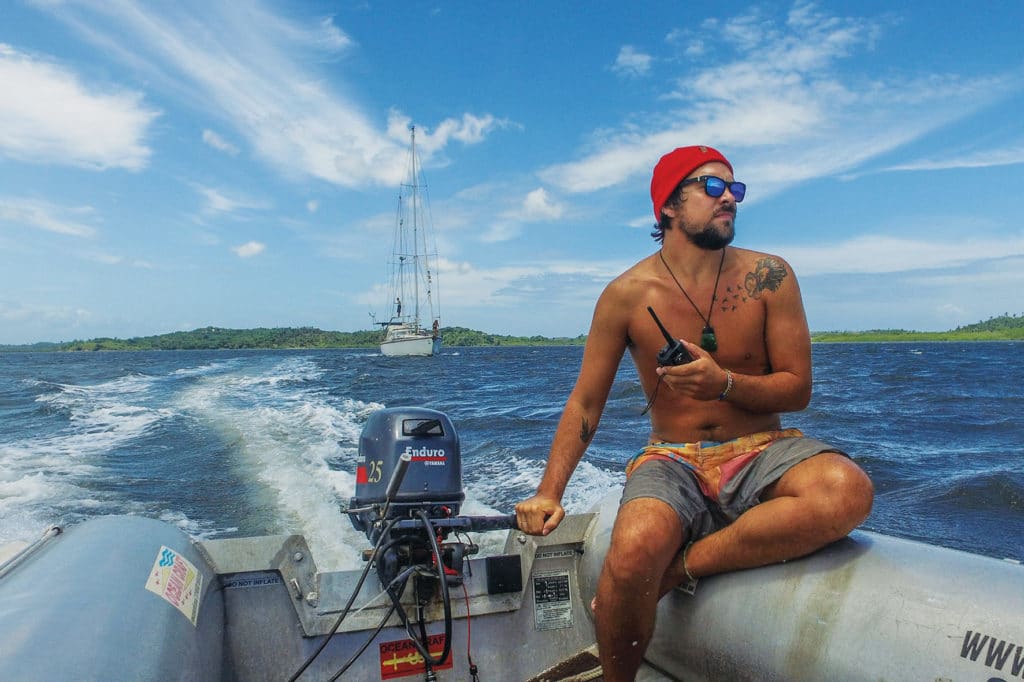
Sailing SV Delos
The crew of Delos, four adventure-seeking souls sailing around the world, seem to have mastered the video platform. Their zest for life and infectious enthusiasm make you want to quit your job and buy a boat. Brothers Brian and Brady Trautman started filming in 2010 with a $200 handheld Sony “dad-cam.” They now have over $35,000 worth of equipment, including more than 10 GoPro cameras. Having almost completed their circumnavigation, their adventures have seen them experience things most people only dream about: swimming with sperm whales off the Caribbean island of Dominica, paddleboarding with seals off Namibia’s Skeleton Coast, and diving with great white sharks at Ascension Island. With engaging content and excellent cinematography, it’s little wonder they have amassed 629,000 subscribers from their 418 episodes.
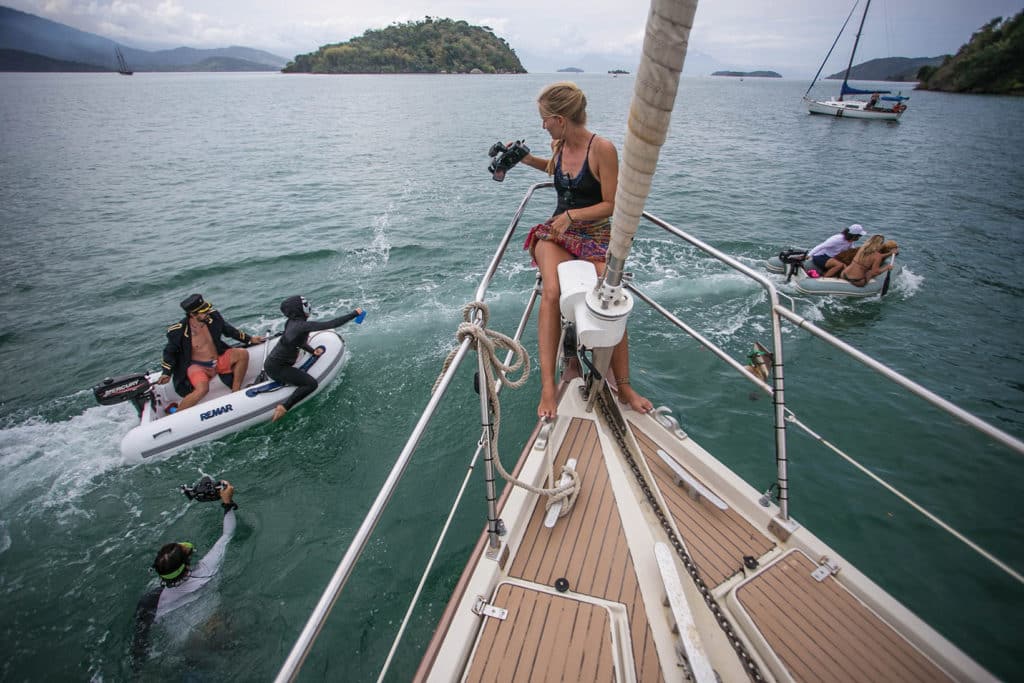
Yet their success hasn’t come easy. Brady and crewmate Alex outlined just how much work goes into their channel and how long it’s taken them to reach YouTube success. The Delos crew worked consistently for three years before they finally made it to the point where they could focus all of their time on editing and filming. Working for two hours to produce just one minute of footage, each episode often takes more than 50 hours to edit, not including the time it takes to film and rewatch the footage.
With no niche market or target demographic, the Delos team naturally produces videos they enjoy and that makes them smile. For them, it’s not about pumping out 10-minute vlogs every other day; it’s about storytelling. Earning approximately $7,000 per month from YouTube alone, Brady said their bread and butter comes from their more than 2,000 patrons. That is how they are able to sustain their lifestyle and keep sharing it with others. Merchandise and the “Buy Us a Beer” component of their website are two other revenue streams, that combined, allow the crew of four to live off $10,000 per month, leaving plenty left over for a rainy day. Admirably, the team also donated $50,000 to charity in 2019 alone.
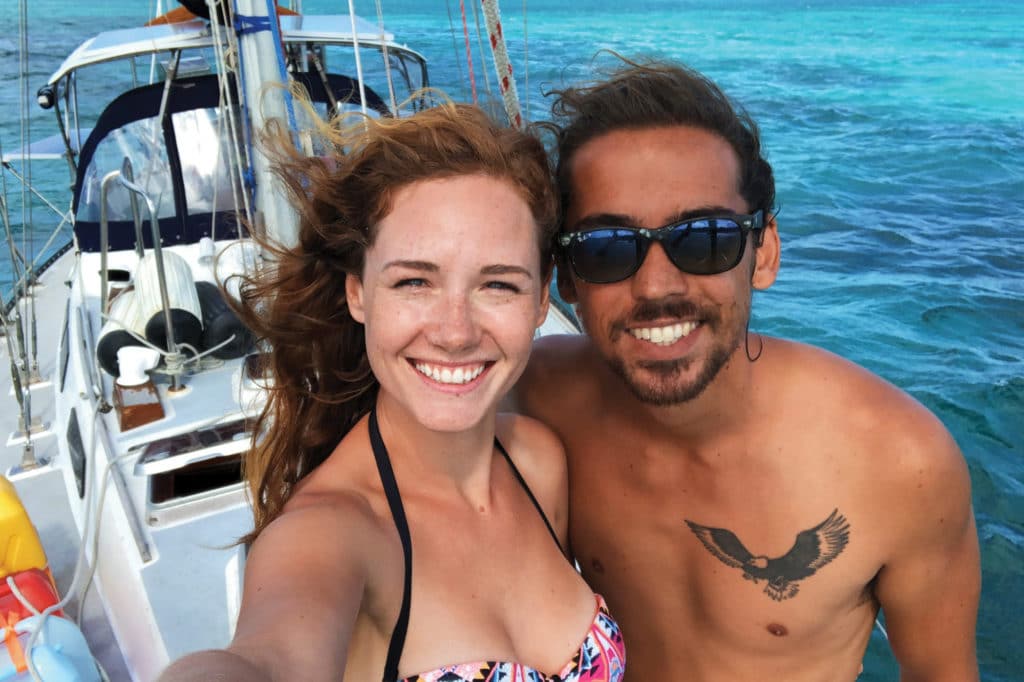
Sailing Millennial Falcon
Speaking with the crew of Millennial Falcon, a young Australian couple from Melbourne, it was interesting to hear the perspective of up-and-coming vloggers Khiara Parker and Adam Seeber. Parker, a former model, spoke of the hours they spend down below in the cabin of their 42-foot Tayana, editing their videos and working on their brand. With 50,300 subscribers, the couple’s channel is doing remarkably well considering they have been releasing videos for about two and a half years. Yet compared with the hours they are dedicating to their channel, the rewards they are reaping don’t quite make up for the time yet. Earning roughly $430 per month from YouTube, these cruisers make most of their income from their 285 patrons, bringing in an additional $2,600 per month.
However, it’s been far from smooth sailing for this fun-loving couple, with Seeber attributing their success to the numerous boat mishaps they’ve had, such as losing their propeller—twice. They’ve also had various technical difficulties, causing them to miss weeks’ worth of income because they were unable to upload episodes. Despite filming their videos on only a GoPro and iPhone, the couple has accumulated $6,000 worth of equipment, including the necessary laptops.
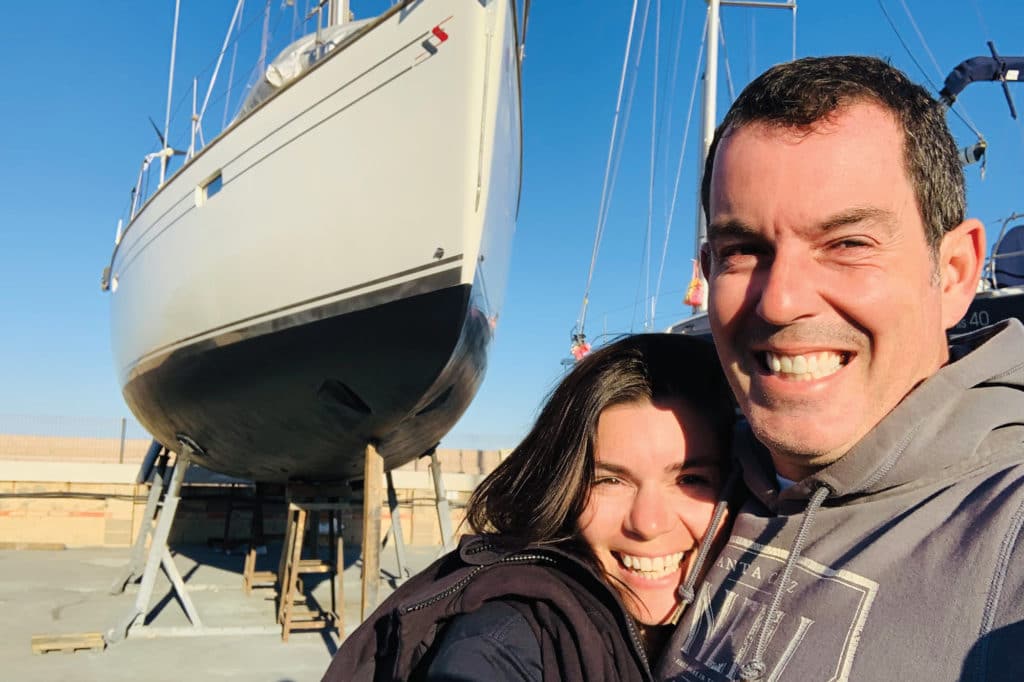
Sailing Ruby Rose
Terysa Vanderloo and Nick Fabbri from Sailing Ruby Rose know all too well the amount of work it takes to build a successful channel. With 124,000 subscribers and 249 episodes under their belt, the couple often works 40-plus hours a week. Between filming, editing, creating content for social media, digital marketing, communicating with followers, and working on projects such as merchandise, designing logos, website development, networking and Patreon (the platform most vloggers use for fans to support the channel), there is little time left for much else. Vanderloo spoke of the pressure she feels to “feed the beast” that is YouTube. She also pointed out the recent press about the number of YouTubers suffering from depression and anxiety. With a need to continually upload, the pressures can be too much for some.
Vanderloo said they are only just now making a meaningful income after three years of production and 249 episodes. They earn approximately $600 per month from YouTube; the majority of earnings come from their 435 patrons and related donations.
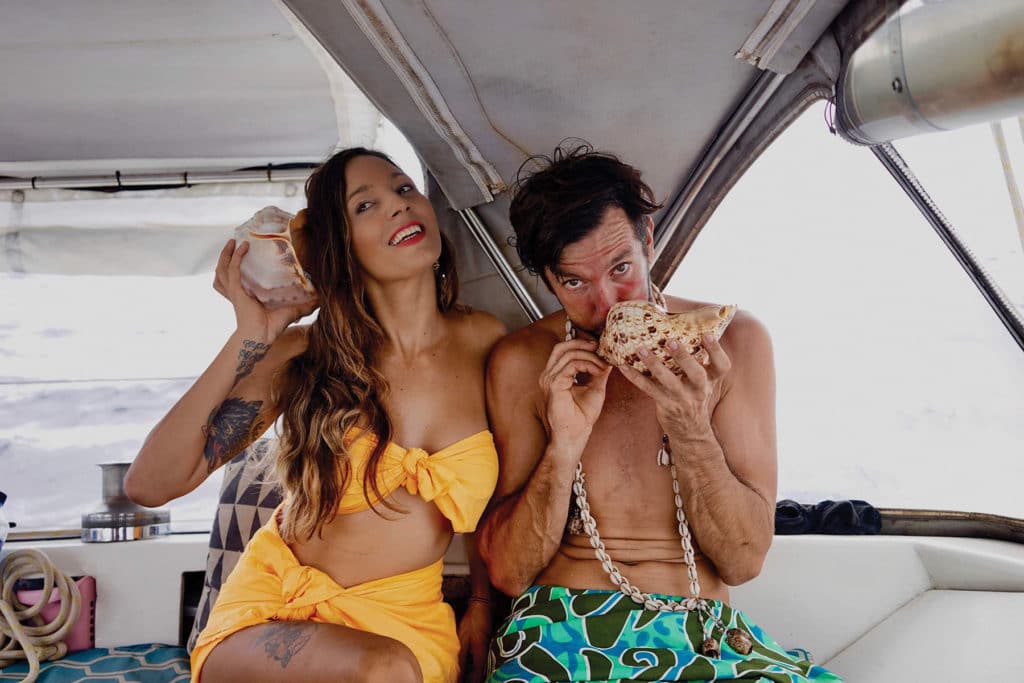
Sailing Nandji
Bonita Herewane and Jarrad “Yoshi” Laver, a young Australian couple on a tight budget, have taken their viewers on a journey through parts of the Pacific and Southeast Asia. Sailing through the Solomon Islands, Papua New Guinea and Indonesia, the uniqueness of their route may have contributed to their success. Then again, Australians love an underdog, and Sailing Nandji’s old boat and constant engine problems are not just an act for the camera. Despite having 110,000 subscribers, 214 episodes on YouTube and ranking 12th out of all YouTube sailing channels, these vloggers are earning only just enough to live frugally in Asia.
Cruising without a watermaker, chart plotter, life raft or autopilot (wow), and doing all of their own boatwork, these vloggers are not thrifty for the fun of it. With their videos scoring 17 million views over the past four years, they estimate they’ve earned about $24,000 through YouTube. Again, without sponsorships and their 312 patrons, they couldn’t live off their sailing channel alone. This poses another question: Is it OK to ask strangers for money to fund your liveaboard lifestyle?
Working harder than most cruisers, vloggers still have to maintain their boats and relationships. Not to mention the fact that they need to get out and explore the world to ensure that they have something to actually film and vlog about. They work extremely long hours creating content for others to watch and enjoy. They provide a service for thousands of people who are entertaining the idea of becoming cruisers themselves, and they are inspiring others to live life to the fullest. Many cruisers cite YouTube as an instrumental tool in their decision to untie the lines and sail away. Clearly there’s a market for their content, judging by the millions of views some videos receive.
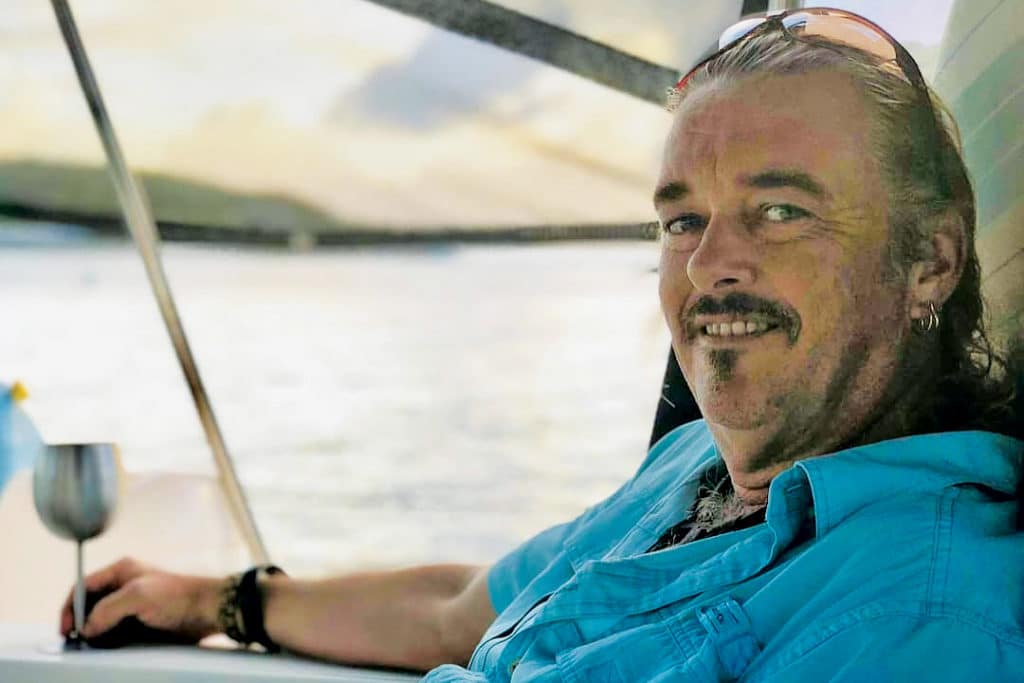
Sailing Sophisticated Lady and Sailing A B Sea
If there is a recipe for sailing-channel success, one might argue that it includes young, attractive bikini-clad women. The crews behind Sailing Sophisticated Lady and Sailing A B Sea are happy to dispute that claim. All are in their 50s, and their channels have loyal followers and show that it is possible to succeed even if you’re not young and model material. (Nevertheless, it takes only one look at the top 10 sailing channels to see that perhaps those qualities don’t hurt.) Yet, with over 136,000 subscribers and 232 patrons, Rick Moore of Sailing Sophisticated Lady is proving that he definitely has something to offer. With years of experience in the film industry, Moore likes to think he provides viewers information and insight into all facets of the sailing life by way of his high-quality videos filmed with state-of-the-art equipment. Although, he was quick to add, “it takes dedication to have a successful channel, and there is no quick or easy solution for long-term success. It isn’t just one full-time job; it’s many. Sometimes being bikini-clad is not always the answer. If there’s no substance or personality, you will lose viewers very quickly.”
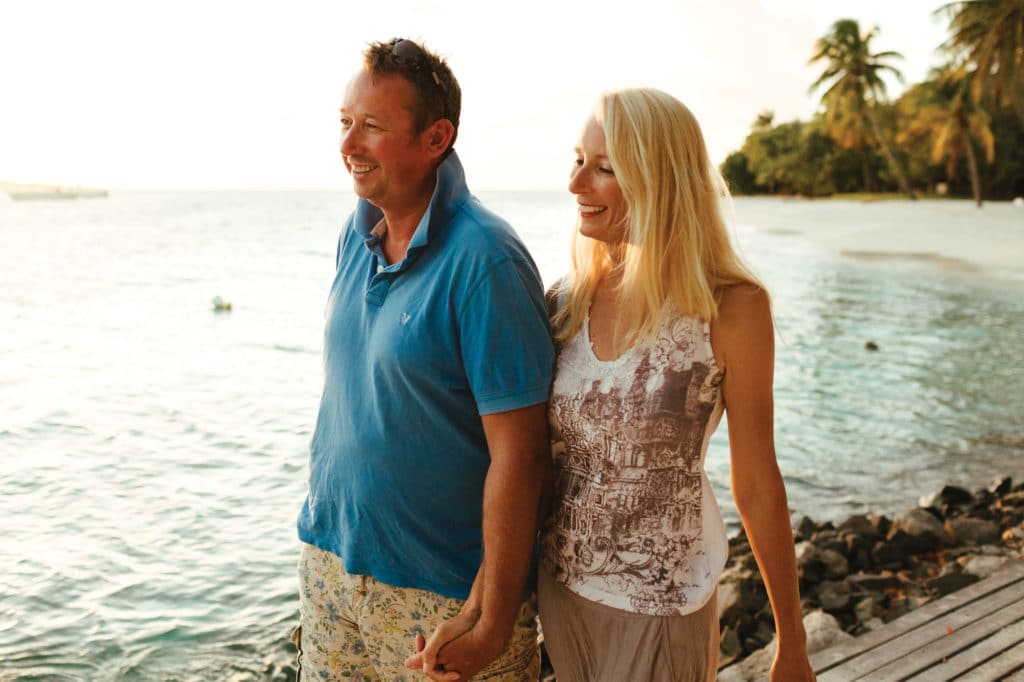
Sailing Britican and Sailing Trio Travels
Another two channels that have had reasonable success are Britican and Trio Travels. Both crews have one child aboard, and perhaps their popularity could be attributed to this. Yet vlogging hasn’t been without its drawbacks for the Brown family aboard Britican. Kim Brown suffered a heart problem that was caused by stress, something she attributes to producing YouTube videos. With 23,500 subscribers and 17 patrons, Kim has been working tirelessly on her channel and associated avenues of income for over six years. She does all of the production herself and spends up to two days editing each video. Yet, despite her tremendous efforts, her channel earns only $150 per month through YouTube and $230 per episode from Patreon. However, she added, “for me, YouTube is not the endgame. I don’t look at it as a way to make money. The benefit of YouTube is to let a potentially massive audience know how we can help them. It’s a marketing medium. Our primary business provides guides, consultancy and liveaboard experiences to help people live the sailing dream.”
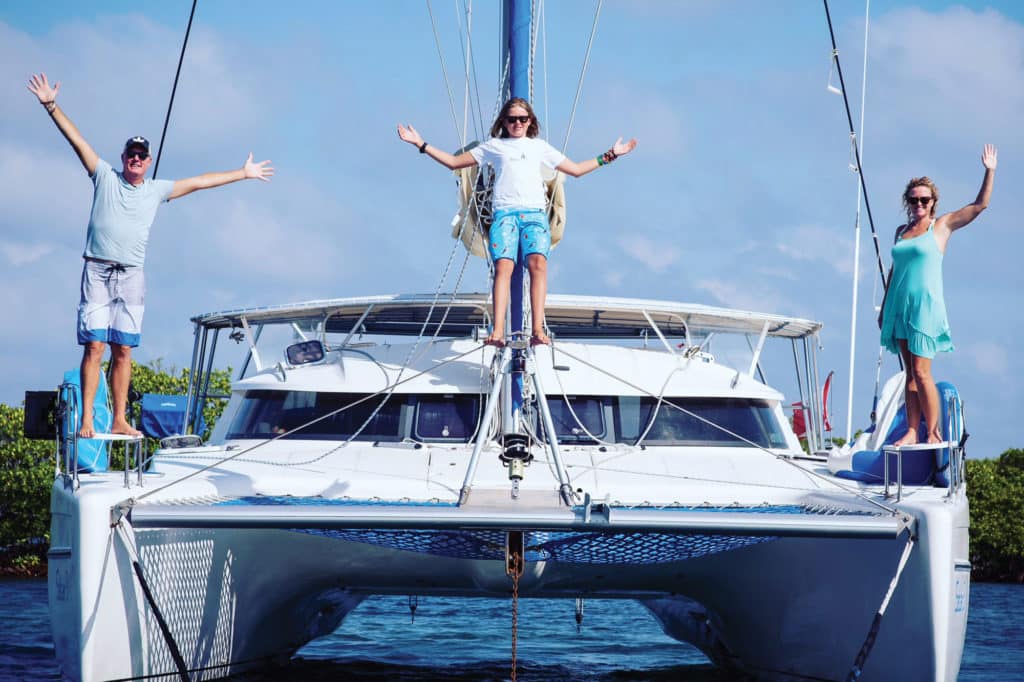
Drawbacks
Besides a whole lot of hard work, what are the other downsides to running a YouTube channel? With his long hair and mustache, Seeber from Millennial Falcon is often ridiculed for trying to be the next La Vagabonde, and that’s not the worst of it. Parker also spoke of the negative comments and downright nastiness they’ve experienced, making her physically shake when uploading an episode.
Of the channel producers I interviewed, not one was free of taunts, with many citing the trolling as one of the major downfalls of running a YouTube channel. “We used to get quite upset over some of the mean, angry and hurtful comments people would say, but over time, you realize it’s mostly sour grapes,” Seeber said.
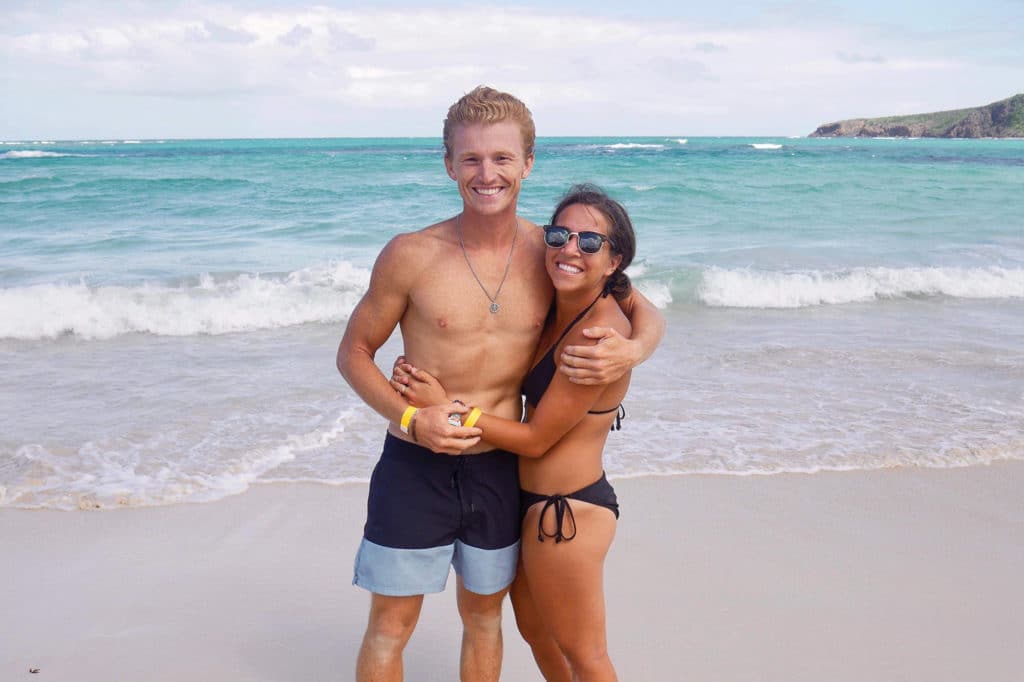
Realistically, YouTube should be viewed as a marketing tool to promote yourself for other avenues of income, whether that’s merchandise such as that sold by Delos, Ruby Rose or Nandji; liveaboard experiences offered by Trio Travels and Britican; or Patreon, which seems like a necessity for all involved. It won’t be an easy path. Still, if you’re wasting time having fun, you’re not wasting time. As Delos’ Brady Trautman so perfectly summed up: “Make videos for you. Film what you are inspired to film, and edit the way that makes you smile. If you start making content for the sole purpose of getting views and making money, it will show. Be honest, authentic, and do what makes you happy.”
Erin Carey and her family cruise aboard their Moody 47, Roam (@sailingtoroam).








